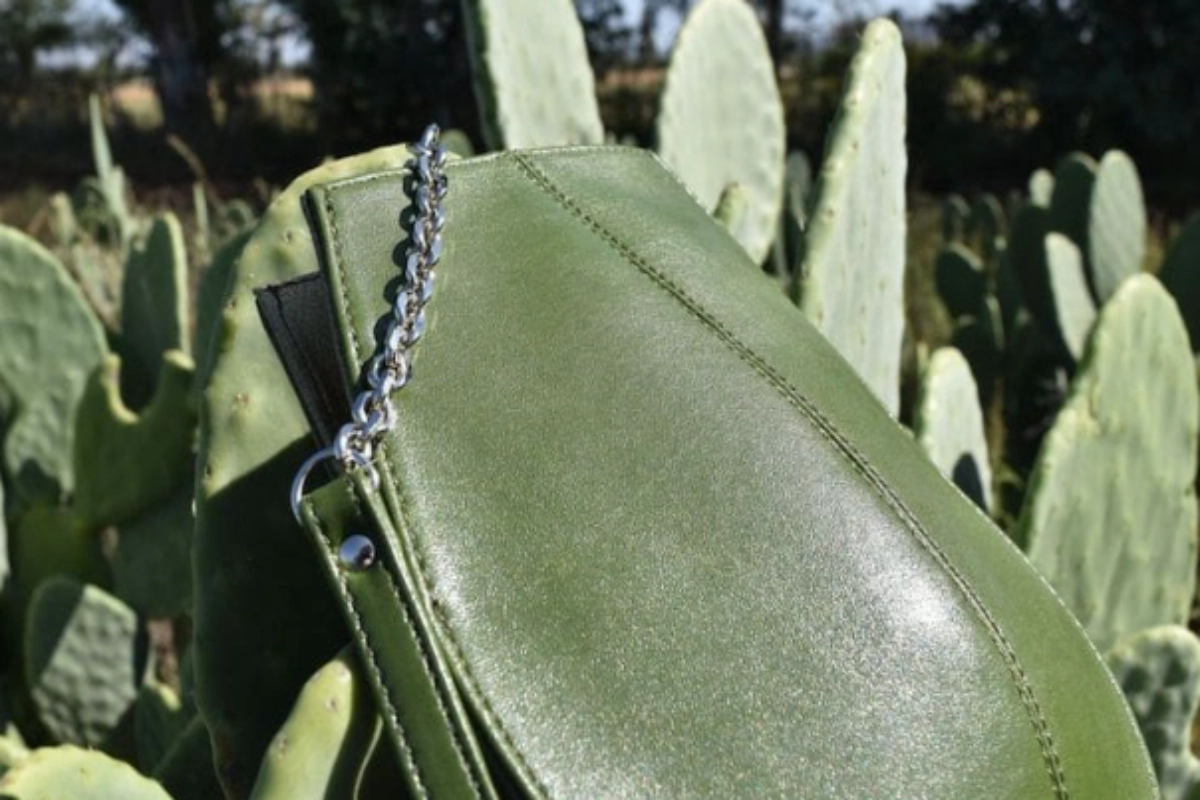Small Business Ideas: Growing awareness of ethical and environmental issues has caused a major transition in the fashion business in recent years. The usage of cactus leather, a sustainable and cruelty-free substitute for conventional animal leather, is one creative approach that is gaining popularity. Cacti leather is gaining popularity among consumers and businesses due to its eco-friendliness and adaptability.
What is Cactus Leather?
The nopal cactus, sometimes referred to as the prickly pear, is the source of cactus leather. This plant is indigenous to Mexico and is a great fit for sustainable farming methods because it needs little water and space to grow. The mature leaves of the cactus are harvested, pulped, and dried to produce a fibrous substance before being turned into leather. After that, this material is treated with non-toxic chemicals to create a flexible and long-lasting cloth that resembles leather.
How to Start a Cactus Leather Business
Research and Development: Start by learning about consumer trends and preferences by conducting market research on cactus leather. Make investments in creating cutting-edge product lines and designs that showcase the special characteristics of cactus leather.
Source Cactus: To guarantee a consistent supply of raw materials, collaborate with nearby farmers or cactus growers. To uphold moral standards, implement sustainable and transparent sourcing methods.
Manufacturing Process: Establish a production plant with the tools and machinery needed to turn cacti into leather. Put quality control procedures in place to guarantee the final product’s longevity and consistency.
Marketing and Distribution: To stand out from the competition in the market, develop a compelling brand identity and marketing plan for your cactus leather goods. To reach a larger audience, investigate internet platforms, retail collaborations, and environmentally friendly marketplaces.
Costs Involved
Raw Materials: The cost of the processing chemicals and cactus leaves will make up a large amount of the costs.
Production Equipment: Purchasing equipment to gather, prepare, and produce cactus leather.
Research and Development: Money set aside for product development, prototyping, and testing
Marketing and Distribution: Allocation of funds for packaging, advertising, branding, and logistics
How Cactus Leather Differs from Animal Leather
Sustainability: Comparatively speaking, cactus leather takes fewer resources and is made utilising sustainable farming methods.
Cruelty-Free: Cactus leather is a cruelty-free substitute for animal leather because it is made without injuring any animals.
Environmental Impact: The manufacture of leather from cacti has less of an impact on the environment and causes less deforestation and pollution than standard leather tanning methods.
Versatility: Because cactus leather comes in a variety of textures, hues, and finishes, designers and producers have more customisation and adaptability possibilities.
Understanding the Eco-Conscious Fashion Sector
Cactus leather offers a thrilling chance for business owners to get into the eco-conscious fashion sector and break into the sustainable fashion market. Cactus leather has the potential to completely alter our perception of leather and fashion thanks to its novel qualities, ethical production methods, and environmental advantages. Adopting an environmentally friendly substitute promotes good change in the direction of a more sustainable future while also being consistent with consumer values.
